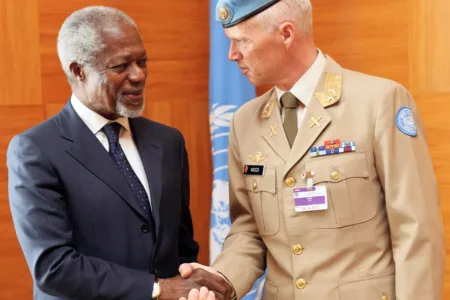The “dark side” of the Syrian transition and its potentially dire regional consequences

Quite differently from the Egyptian and Tunisian social mobilisations against authoritarian rule, the Syrian uprising is of a more protracted nature. In the Syrian uprising peaceful and unarmed societal mobilisations have been followed by increased militarisation, leading to a situation in early 2012 of a painful stalemate that is veering towards civil war.
Quite differently from the Libyan case, which was covered by UN Security Council Resolution 1973, international actors do not hold the decisive key to the Syrian case on their own (because of the Chinese and Russian postures) and therefore cannot give the final push needed to bring down the Assad regime. With international intervention in disarray, the conflict endures in a stalemate between an opposition that remains mobilised and a regime that keeps using repression in a context of proliferation of armed groups on the ground not controlled by a political umbrella (as the opposition remains weak and divided) and an increase in confessional fears and incidents.
Hence, the region is playing an increasing role, but with multidirectional interventions/backing playing out without a unified Syrian opposition or a viable alternative to the regime, regional actors risk worsening the internal dangers of a protracted conflict in Syria. All hopes in April 2012 rest on the Annan mission trying to square the circle of external intervention to sort out the conflict without antogonizing Russian (and Chinese) interests, with a first step based on a cease-fire. In the meantime, “the state of barbary” (Michel Seurat) continues...